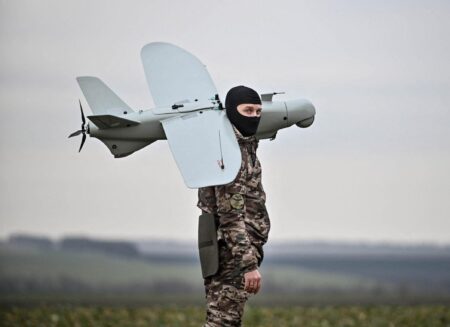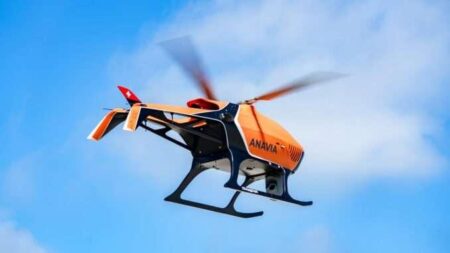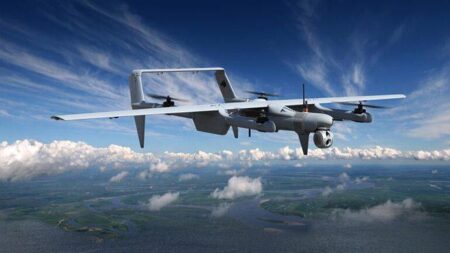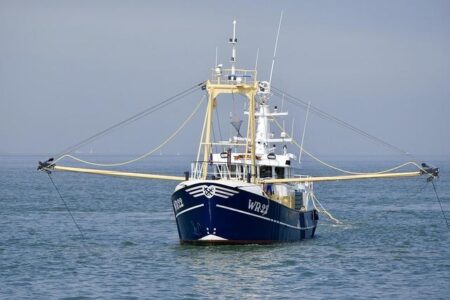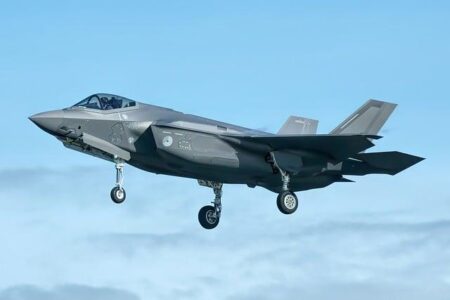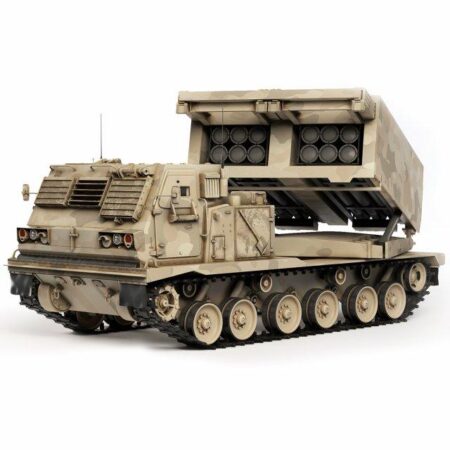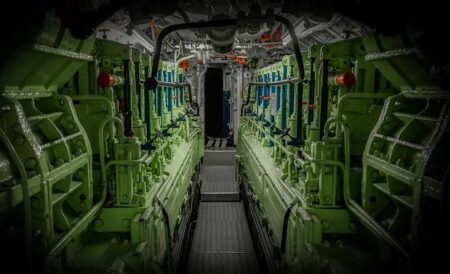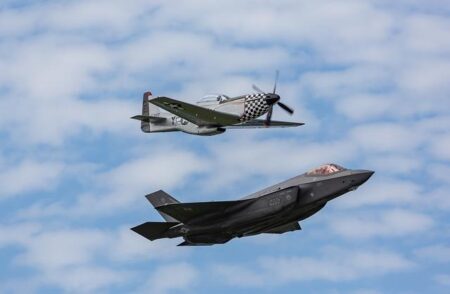Ukrainian President Volodymyr Zelenskyy has raised alarm bells by accusing Chinese nationals of aiding Russia in the production of drones, intensifying worries about foreign interference in the conflict. This assertion highlights the intricate geopolitical tensions that are unfolding amid the ongoing war
Browsing: defense technology
EDGE has unveiled its groundbreaking autonomous aerial capabilities in Brazil, showcasing state-of-the-art technology that elevates surveillance and precision operations to new heights. This remarkable innovation highlights the increasing significance of autonomous systems in today’s defense landscape.
The US and UK militaries have chosen Rocket Lab’s HASTE launcher to test cutting-edge hypersonic technology, signaling a major leap in their collaborative defense efforts. This exciting partnership is set to boost their capabilities in the fast-paced world of modern warfare.
Sicnova has unveiled CEDAEC, Spain’s first 3D technology center focusing on certification for the military and defense sectors. This groundbreaking initiative aims to enhance the safety and reliability of 3D-printed components in critical applications.
The UK and Australia have announced a strategic partnership to develop next-generation weapons systems, enhancing military capabilities and addressing emerging threats. This collaboration aims to strengthen defense ties between the two nations amid evolving global security challenges.
Survey Copter unveiled its latest innovation, the VTOL Aliaca drone, at SOFINS 2025 in France. Designed for versatile military applications, the Aliaca boasts advanced technology and enhanced capabilities, positioning itself as a key asset for operators in the field.
Italy is exploring collaboration with Japan to develop a new maritime-patrol aircraft, enhancing their naval capabilities. This partnership aims to bolster regional security and modernize Italy’s defense fleet amidst evolving geopolitical challenges.
Italy is considering the Japanese Kawasaki P-1 maritime patrol aircraft to address a critical gap in its anti-submarine warfare capabilities. The P-1, known for its advanced technology and efficiency, could enhance Italy’s maritime security amidst increasing naval challenges.
AUKUS marks a pivotal shift in defense collaboration among Australia, the U.S., and the U.K. as they enhance military capabilities through advanced technologies, including submarine development, signaling a united front against emerging global threats.
Australia has been officially briefed on the U.K.-Italy-Japan Next-Gen Fighter Program, known as AVALON. This collaboration aims to enhance international defense capabilities, focusing on advanced technology to improve air superiority in future conflicts.
Japan’s ambitious missile defense plans are encountering significant obstacles, both domestically and with the United States. These challenges raise questions about the future of Japan’s military posture and its reliance on U.S. technology and support.
Anduril Industries is positioning its Fury drone to compete with Boeing’s Ghost Bat in Australia’s defense sector. The move aims to leverage cutting-edge technology and strategic partnerships to secure contracts in an increasingly competitive landscape.
China has unveiled a powerful deep-sea cable cutter designed for underwater operations, according to reports from South China Morning Post. This advanced technology marks a significant development in maritime capabilities, raising concerns among global maritime experts.
In recent statements, German Defence Minister Boris Pistorius affirmed Germany’s commitment to acquiring the F-35 fighter jets, underscoring the importance of transatlantic cooperation in strengthening NATO’s defense capabilities amid evolving security challenges.
Armin Papperger, CEO of German arms manufacturer Rheinmetall, has emerged as a pivotal figure in European defense amid rising tensions with Russia. As the war in Ukraine escalates, Russian operatives reportedly see him as a key target, highlighting the critical role of defense leadership in geopolitics.
France’s defense industry is shifting towards a war footing, driven by escalating security concerns in Europe. The government aims to enhance military capabilities, ramping up production and investment to ensure readiness amid rising geopolitical tensions.
Norway and Germany have joined forces to enhance the maintenance of the Naval Strike Missile, a pivotal asset for naval warfare. This collaboration aims to strengthen defense capabilities in Europe, ensuring operational readiness and advanced military technology.
The United Kingdom is reportedly evaluating the acquisition of additional M270 Multiple Launch Rocket Systems (MLRS) to bolster its military capabilities. This move reflects ongoing efforts to enhance artillery support amid evolving defense needs and geopolitical tensions.
France’s Suffren-Class submarines may emerge as a viable alternative for Australia following the AUKUS security pact. With cutting-edge technology and enhanced stealth capabilities, these submarines could reshape regional naval dynamics and bolster defense operations.
Germany’s future with the F-35 deal hangs in the balance as concerns grow over a potential “kill switch” in the aircraft, amid deteriorating relations with the U.S. under Donald Trump. Analysts debate the implications for German defense policy and transatlantic ties.

